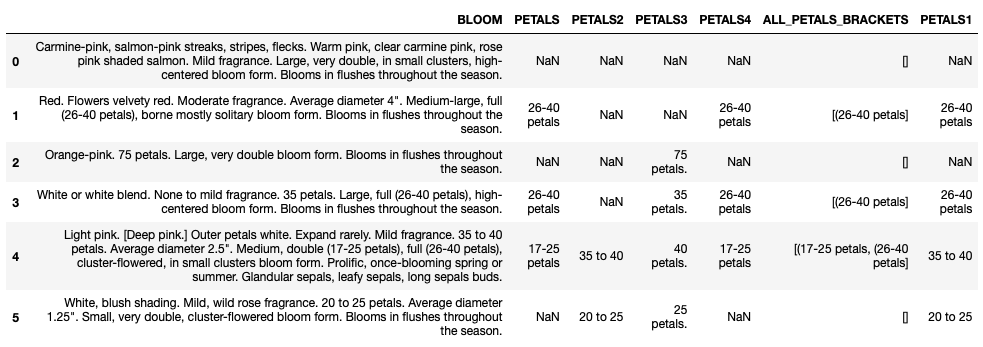
Matches any non-digit character, this is equivalent to the set class Matches any decimal digit, this is equivalent to the set class the string should not start or end with the given regex \b(string) willĬheck for the beginning of the word and (string)\b will check for the ending of the word. Matches if the word begins or ends with the given character. Matches if the string begins with the given characters It makes it easier to write commonly used patterns.

Special sequences do not match for the actual character in the string instead it tells the specific location in the search string where the match must occur. Metacharacters Special Sequences in Regex matches a literal dot, rather than any character. Groups a sequence of characters together for use with metacharacters like *, +, and ?.Įscapes the next character, so that it is treated literally rather than as a metacharacter.

Matches any one character that is not inside the brackets. Matches any one of the characters inside the brackets. Matches between n and m occurrences of the preceding character. Matches at least n occurrences of the preceding character. Matches exactly n occurrences of the preceding character. Matches zero or one occurrence of the preceding character. Matches one or more occurrences of the preceding character. Matches zero or more occurrences of the preceding character. Matches any single character except a newline. Some of the common metacharacters used in regular expressions are: Metacharacter
#Regex python how to#
Before starting with the Python regex module let’s see how to actually write regex using metacharacters or special sequences. The syntax of regular expressions varies depending on the implementation and the specific task at hand, but it generally involves using a combination of characters and metacharacters that have special meanings when used in a certain way. This pattern can be used to match a specific string, a set of strings that share a common format or structure, or even to identify and extract certain pieces of data from a larger dataset. In essence, a regular expression is a sequence of characters that define a search pattern. Regular expressions, often abbreviated as “regex,” are a powerful tool used in computer programming, text processing, and data validation to match, search, and manipulate text patterns. In this article, we will explore how to use the re library to match exact strings in Python, with good implementation examples. Python’s regex library, re, makes it easy to match exact strings and perform other types of text processing tasks. The re.VERBOSE flag allows you to organize a pattern into logical sections visually and add comments.Regular expressions, also known as regex, are an incredibly powerful tool for searching and manipulating text. ) matches all characters including a newline. ) matches any characters except a newline. The re.MULTILINE makes the ^ matches at the beginning of a string and at the beginning of each line and $ matches at the end of a string and at the end of each line.īy default, the dot (. The re.LOCALE is not compatible with the re.ASCII flag. It makes the \w, \W, \b, \B and case-sensitive matching dependent on the current locale. The re.LOCALE is relevant only to the byte pattern. It means that the will also match lowercase letters. The re.DEBUG shows the debug information of compiled pattern.
#Regex python full#
It makes the \w, \W, \b, \B, \d, \D, and \S perform ASCII-only matching instead of full Unicode matching. The re.ASCII is relevant to the byte patterns only. Split a string at the occurrences of matches Return a string with matched replaced with a replacement Return the match at the beginning of a string or None Return a Match object if the whole string matches a pattern Return an iterator yielding all non-overlapping matches The following table shows the regex function from the re module. Match X but only if it is NOT followed by Y Reference the capturing group #N (alternative syntax) Match any single element except X, Y, and Z Match its preceding element from n to m times Match its preceding element at least n times. Match its preceding element exactly n times. Match its preceding element zero or one time.


Match its preceding element one or more times. Match its preceding element zero or more times. Match a position that is not a word boundary Match a position defined as a word boundary Match a single character except for a whitespace character Match a character except for a word character Match whitespace including \t, \n, and \r and space character Match a single word character a-z, A-Z, 0-9, and underscore (_) This page provides a Python regex cheat sheet that you can quickly reference while working with regular expressions.


 0 kommentar(er)
0 kommentar(er)
